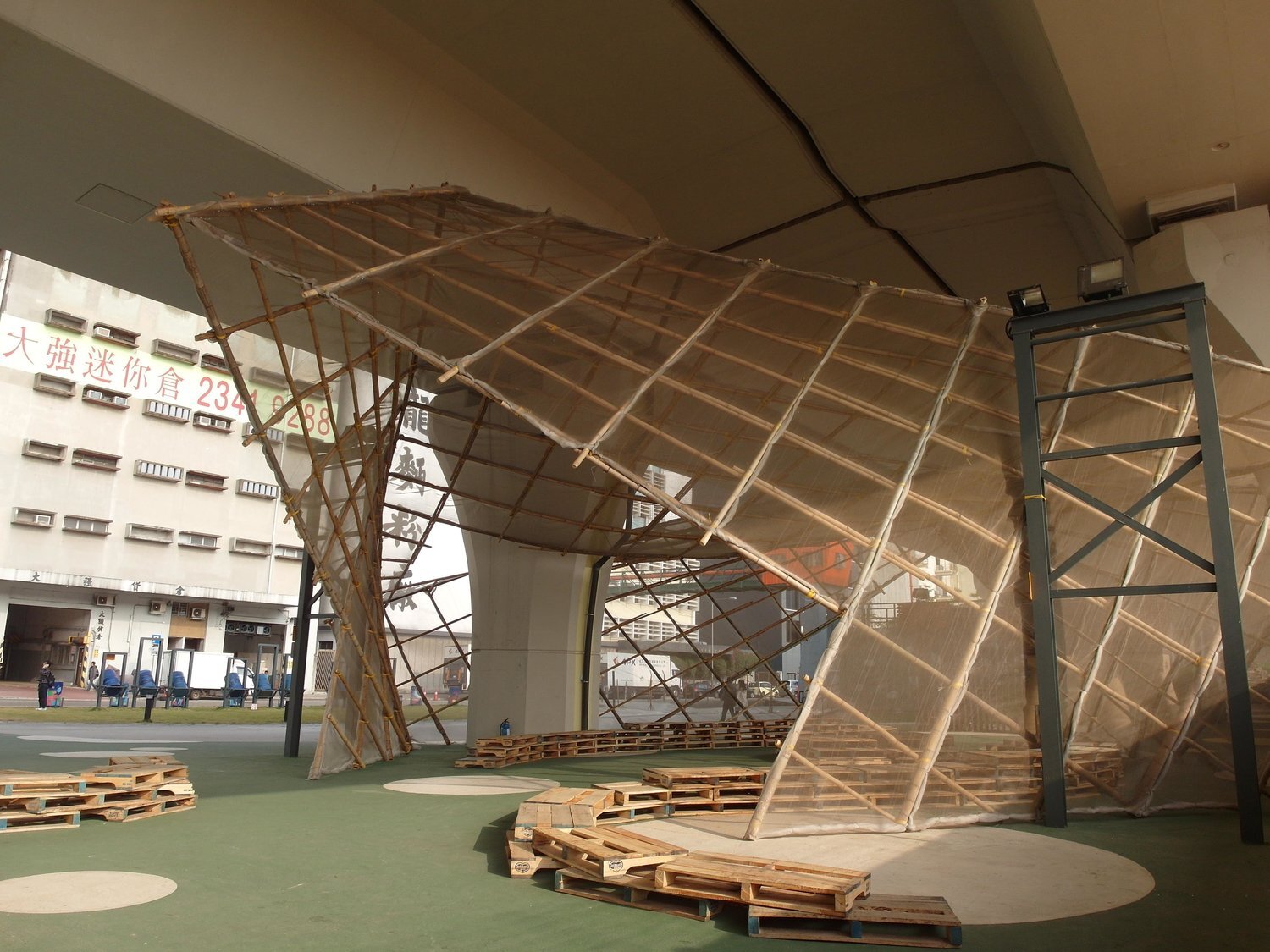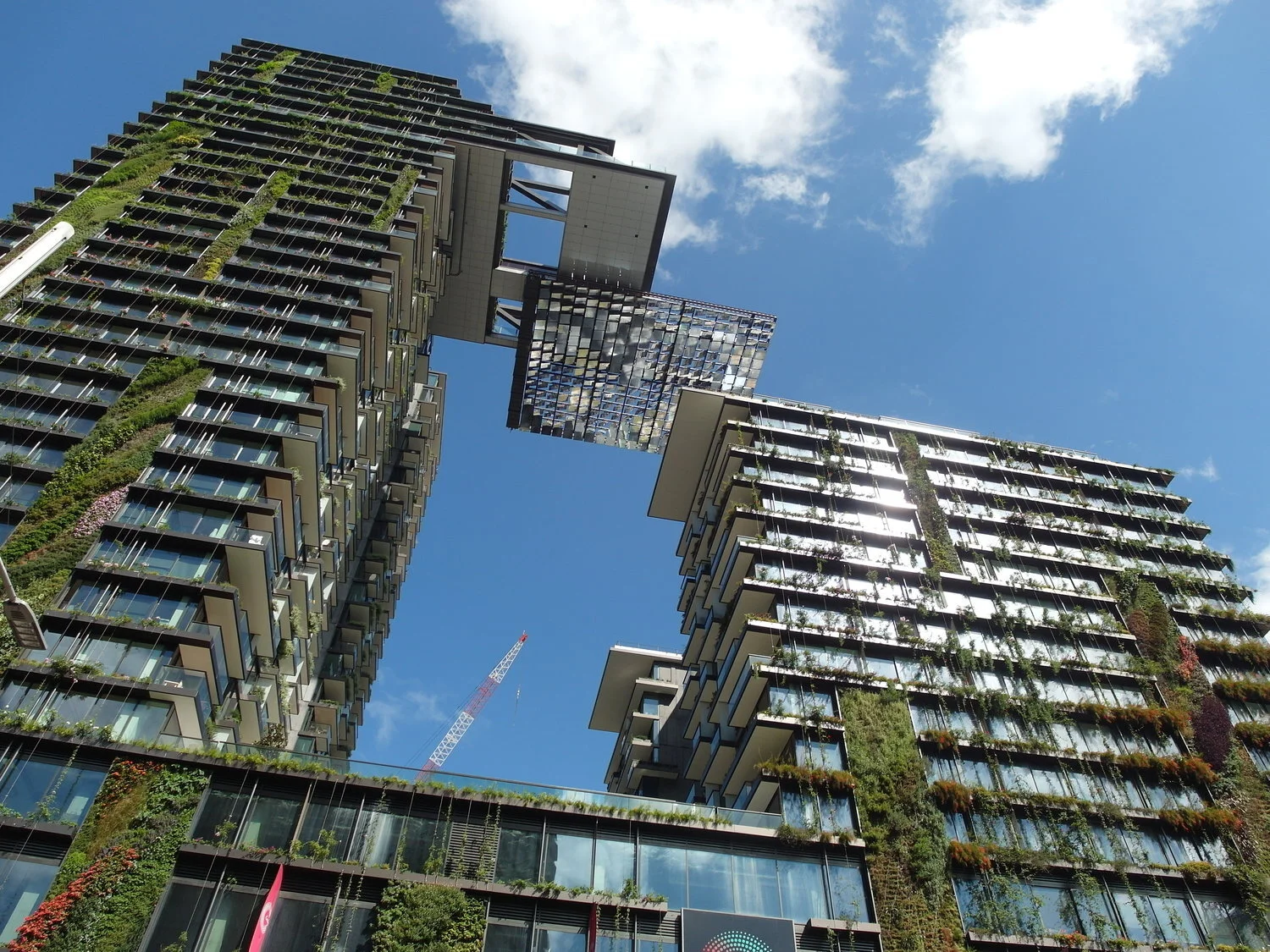We often think that our small day to day habits and actions have no direct impacts on the environment. When compounded however, as this image above which caught my attention shows, our scale of impacts increases, our unintended consequences may magnify and prove to be far more unpredictable, as seen in the case of Dubai’s many artificial shoreline and island projects.
Read MoreThe emergent economies of the world are urbanising and developing at a rate unprecedented in human history and as such, they have sought new monuments to solidify their place in this brave new world. It has been clear that in the last thirty years, there has been “the increasing trend towards extreme spires and other extensions of tall buildings that do not enclose usable space” (CTBUH, 2013). The recently completed Burj Kalifa standing with a total height of 828 metres has a vanity height of 244 metres, 29% of the building is in fact unusable space devoted solely to achieving the height (CTBUH, 2013).
Read MoreIn a rather enjoyable yet confusing keynote speech in 2013, Chiliean architect Alejandro Aravena proclaimed that the key to sustainability would be achieved “in this generation, more psychiatrists, in the next generation, more breasts.” (ArchDaily, 2013). It was also for me, not at all evident in the commencement what the connection to therapy and breasts sustainability would have, and so I have decided to use this blog to decode his alternative explanation for achieving sustainable construction.
Read MoreAs we continue our endeavour to reach endlessly toward the skies, the construction industry is faced with not merely how to keep these structures structurally stable, but also how to build the temporary scaffolding from which to erect these structures. Australia, on par with most other Euro-American nations opts for heavy steel frames, seen as “the most diverse and technologically advanced system” (CoatesHire, 2014). Cities such as Hong Kong however offer a potentially more sustainable solution, the dried and treated plant, bamboo.
Read MoreIn our time of globalised capitalism, office towers are often designed as glittering testaments to design, innovation and the triumph of man. The same however cannot be said of Torre de David, an office tower conceived in the 1990s now better known as the world’s tallest vertical slum. The tower provides an intriguing example of how extremely poor people have had enough of oppression and are now making use of one of the “failures of capitalism” (Vocativ, 2013). Indeed, in a city where “70% of the Caracas residents live in slums” (Demilked, 2014), Torre de David offers these people a chance to live in their own designer affordable housing.
Read MoreArchitecturally speaking, the industrial typology of factories has always served as both inspiration and frustration. While modernism has seen the virtues of industrial warehouses as the ideal balance between space and expression with no ornamentation, others have lamented its lack of human warmth and relationship to a natural landscape. Enter Thomas Heatherwick. Sadly now postponed indefinitely, his Teeside Biomass Power Station in the United Kingdom represented a deconstruction of the factory typology and attempts to melt in a natural landscape with what can otherwise be described as the dull industrial process of electricity generation.
Read MoreThe startlingly provocative framed image of wind turbines caught my attention as a postcard collected during one of my weekend coffee trips through the inner suburbs. Turning it over I discovered an interesting advertisement for a company known as Australian Ethical Investment, which describes itself as a firm which places money in “a clean energy future instead.” This prompted me for this particular post to look at the wider social implications of sustainability and opportunities for investment.
Read MoreIt is a truth, universally acknowledged that anyone who lives in Sydney, inevitably criticises the failure of its public transport. Only in 2012, the Sydney Morning Herald reported that major auditing firm PricewaterhouseCoopers had identified Sydney as “forth worst major city in the world for transport and infrastructure” (Munro, 2012). The report, known as Cities of Opportunity did however, reprieve the city by naming it the most sustainable (PricewaterhouseCoopers, 2012) and how this can be the case when Sydney also has some of the worst performing buildings and urban sprawl is beyond me. Nonetheless for me, the report’s findings begged an investigation of urban sustainability and its relationship to transport infrastructure.
Read MoreI have noticed that almost all of my posts so far concerning the issue of sustainability have had a focus on green architecture and urbanism. Today therefore, I want to take a step in a new direction and examine the statement of arguably one of the greatest figures of architecture today, Dame Zaha Hadid. In a recent interview where she was asked about the over 800 migrant worker deaths that have occurred in constructing her 2022 FIFA World Cup Qatar Stadium, she boldly declared that it was the duty of governments to protect workers and that “It’s not my duty as an architect to look at it” (Dezeen Magazine, 2014). This statement was in a way furthered a month later by her company’s director, Michael Schumacher, who took to Facebook to declare that we must “STOP political correctness in architecture.” (Schumacher, 2014). While I am of course unable to go into depth about these issues, I do want to point out that this of course raises the interesting question of who should be in charge of managing the morality of our social fabric.
Read MoreArguably one of the most innovative residential-commercial projects to go up in Sydney recently, I want to focus today on Central Park’s two key elements of its sustainable significance: The Green Wall and The Heliostat. Neither of these ideas are particularly new, the heliostat’s reflection into an atrium going as far back as Foster’s HSBC Building in the mid-1980s, though certainly no green wall as yet can match One Central Park’s scale.
Read MoreWhile reading a piece entitled “Raised to Observe: Glenn Murcutt”, I decided to relate this interview to a personal experience for this particular post. Between July and December 2013, I was fortunate enough to have personally met and been a student of Professor Glenn Murcutt in his Regional Design Graduation Studio. It is only with hindsight that I realised it was in fact the first time the issues of sustainability and building systems had ever been raised in my design courses which perhaps does show that as a student of architecture, we don’t give much thought to how our design or the processes of realising our designs will actually impact on the environment.
Read MoreIt is not often for Hong Kong people to descend into humour such as this but sadly, with smog now blanketing up to 30% days in the year, this internet meme represents how the citizens of my home city have certainly become resigned to the apparent ‘inevitable consequences’ of urbanisation and modernity. Once known in Chinese as the “Fragrant Harbour” (literal translation of terms), Hong Kong has certainly seen and smelled better days.
Read More










